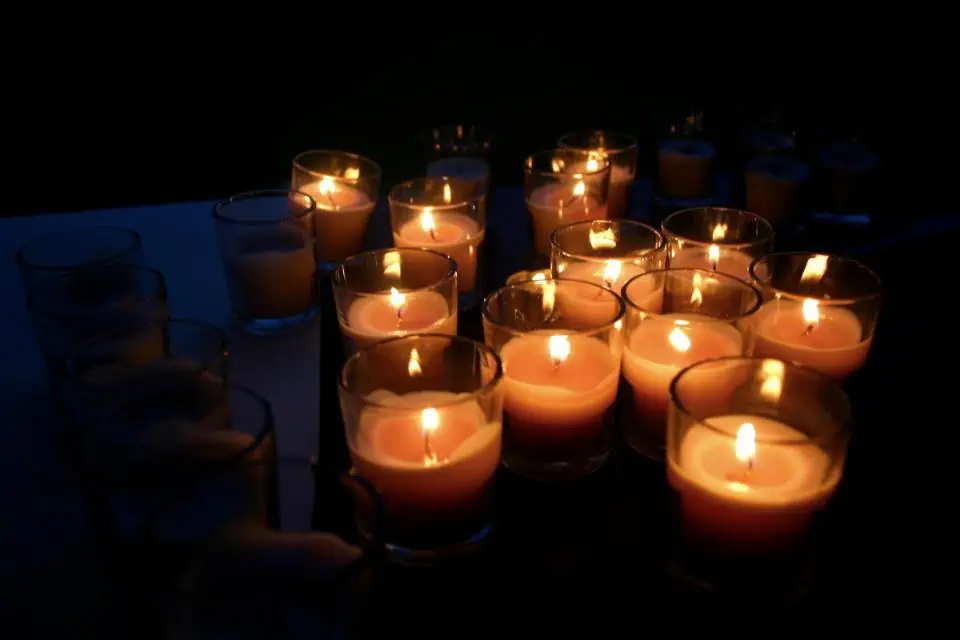From Disability Right Now
by Erin LewyI was fortunate enough to attend vigils for George Hodgins both virtually and in Boston. Each left a lasting impression on me. At the virtual vigil, we were lucky enough to have a video connection to DC. While we weren’t able to see much, we received audio of Ari Ne’eman’s words. The experience was powerful and left me feeling connected to a larger movement, underlining exactly why I was there and energizing me for Boston.
Ari’s words, clearly from the heart, were never written down. At the Boston vigil, there was a lot of impassioned, off-the-cuff speaking too. I was ultimately able to see the autistic self-advocacy movement first-hand, from M., who spoke passionately about disability from within her faith community in New England, to “Squid,” who missed the bulk of the virtual vigil but came with the intent of lighting a candle at home and reading the names of four hundred and fifty eight murder victims with disabilities.
Thankfully, video will be available from several vigils, including the vigil in DC. When this footage is made available on YouTube, we will bring it to you, so that you can experience what several of us did on the night of Friday, March 30. A crowd of thirty filled Farragut Park in memory of George, a number which we were all proud of. Still more spilled out in virtual space, expressing our fear, sadness and outrage.
Through these vigils for George, I realized that we were all handling our fear and sadness to the best of our ability. We came together, over a period of two days in eighteen cities across the United States, to mourn and also connect. I felt this the most strongly when I met the director of Second Thoughts, an organization in Massachusetts fighting the good fight against a “Death with Dignity” act being proposed on the 2012 ballot. I am fortunate to have such a resource close to me and yet also terrified that it is necessary. As our conversation turned to euthanasia and assisted suicide, it was underscored for me that there are people in the world who think it’s perfectly valid to ask us all to disappear, to die with “dignity” and leave the fit, the healthy, and the “normal” in peace. With such a law on the books, I know that my people could easily be coerced and worse, and suddenly these acts would be legal.
As I thought about my own challenges in reaching the Boston vigil, from inaccessible streets to a terrible lack of direction, I was heartened that I had made my way. I made several connections which I know will continue to blossom over time, and really, in the face of sheer tragedy, there is nothing more I could ask for. Through this project for George, I have found the community I was desperately seeking, and though we are bruised and battered we are never broken.

